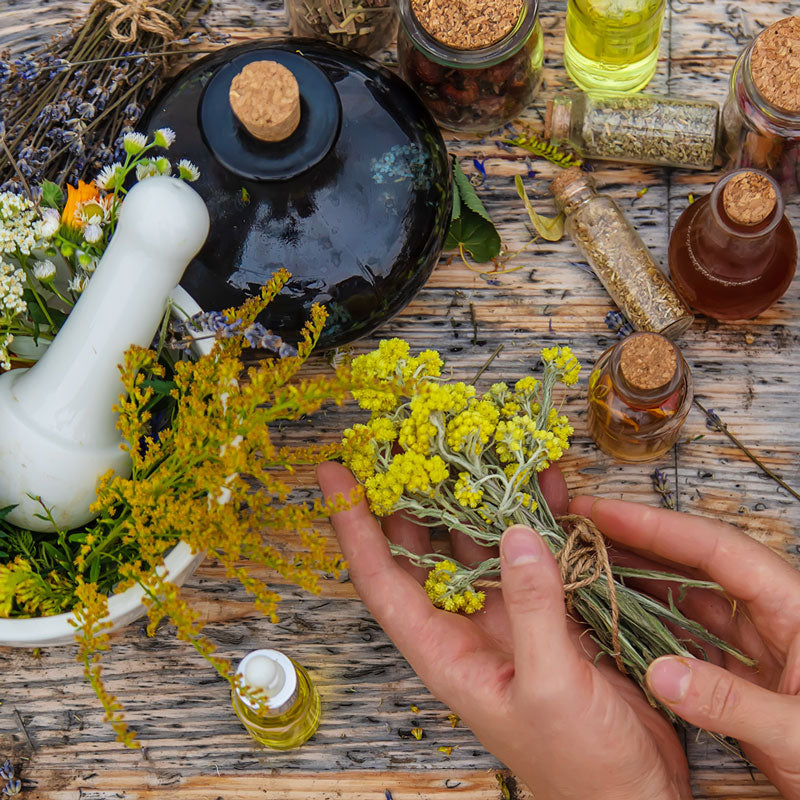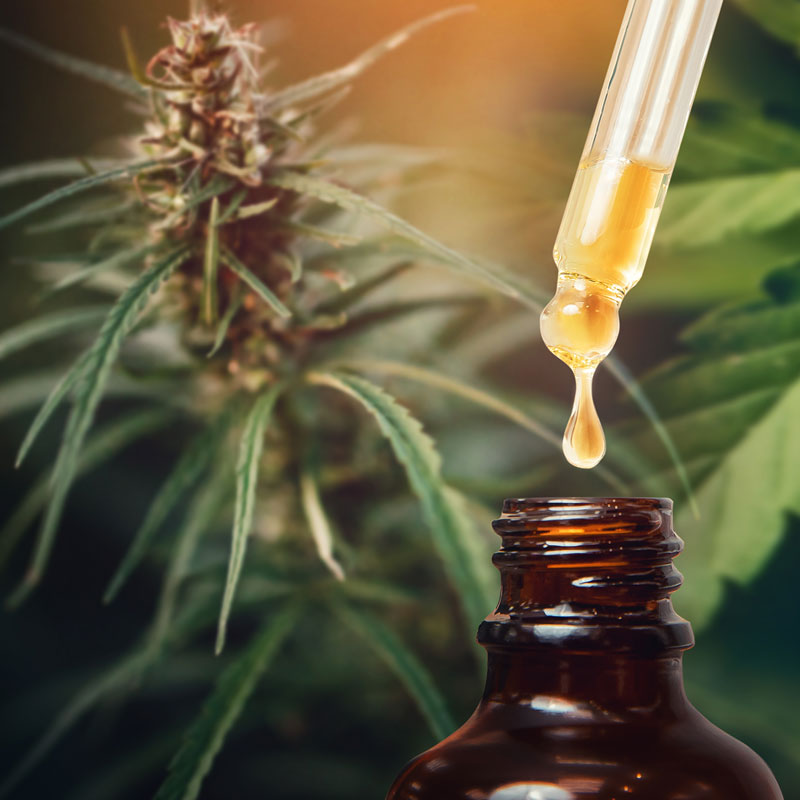Homemade Catnip Tincture and Extract Recipe using Food Grade Ethanol

Catnip is a well-known herb, recognized for its aromatic properties and long history of use in botanical traditions. Creating a homemade catnip tincture allows for a concentrated botanical extraction using 200 Proof Food Grade Ethanol, preserving the plant’s natural constituents in a liquid form.
What is Catnip?
Catnip (Nepeta cataria) is a member of the mint family (Lamiaceae), known for its fragrant, heart-shaped leaves and delicate purple flowers. While catnip is commonly associated with feline stimulation, it has also been used in traditional botanical practices.
Why Make a Catnip Tincture?
- Concentrated Extraction: A tincture allows for efficient plant constituent extraction.
- Long Shelf Life: Ethanol-based tinctures remain stable for extended periods.
- Versatile Use: Suitable for herbal crafting and infusion into various preparations.
Where Does Catnip Grow?
Catnip is native to Europe and Asia but has naturalized across North America. It is commonly found in New York, Pennsylvania, Ohio, Oregon, and Kentucky, thriving in fields, roadsides, and gardens. Catnip prefers well-drained soil and full sun, making it an easy-to-cultivate herb.
Sourcing and Selecting Quality Catnip
For the best tincture results, choose organic, high-quality catnip leaves and flowers from reputable herbal suppliers, farmers’ markets, or your own garden. Look for:
- Vibrant green leaves
- A strong minty aroma
- No signs of excessive dryness, yellowing, or loss of fragrance
Preparing Catnip for Tincture
- Ensure leaves and flowers are clean and free from debris.
- Lightly crush or chop the plant material to increase surface area for better extraction.
Best Practices for Storing Your Catnip Tincture
Store your tincture in a dark glass bottle away from heat and sunlight to maintain its quality. When properly stored, tinctures can remain effective for up to two years.
Ways to Use Catnip Tincture
Herbal & Culinary Applications
- Herbal Infusions: A few drops may be added to tea blends.
- Natural Crafting: Can be incorporated into DIY botanical formulations.
Topical Preparations
- Essential Oil Blends: Often used in fragrance crafting.
- Herbal Skincare: Can be diluted in carrier oils for external applications.
Final Thoughts on Crafting a Catnip Tincture
Making a catnip tincture at home allows for a high-quality, concentrated extract that can be used in various herbal applications. Using 200 Proof Food Grade Ethanol ensures a pure and efficient extraction process.

Disclaimer: This content is for informational and educational purposes only. Consult a professional before using tinctures for any specific application. Individual reactions may vary.











